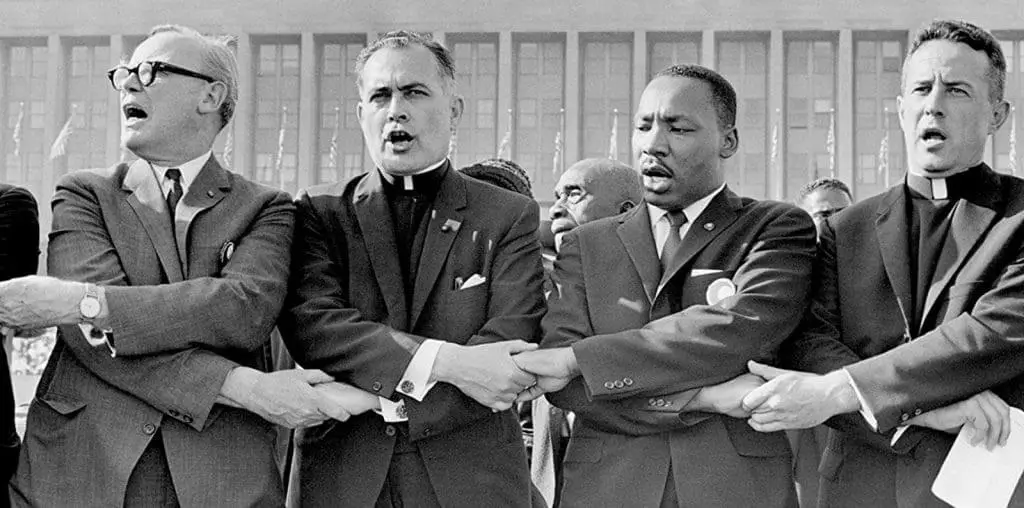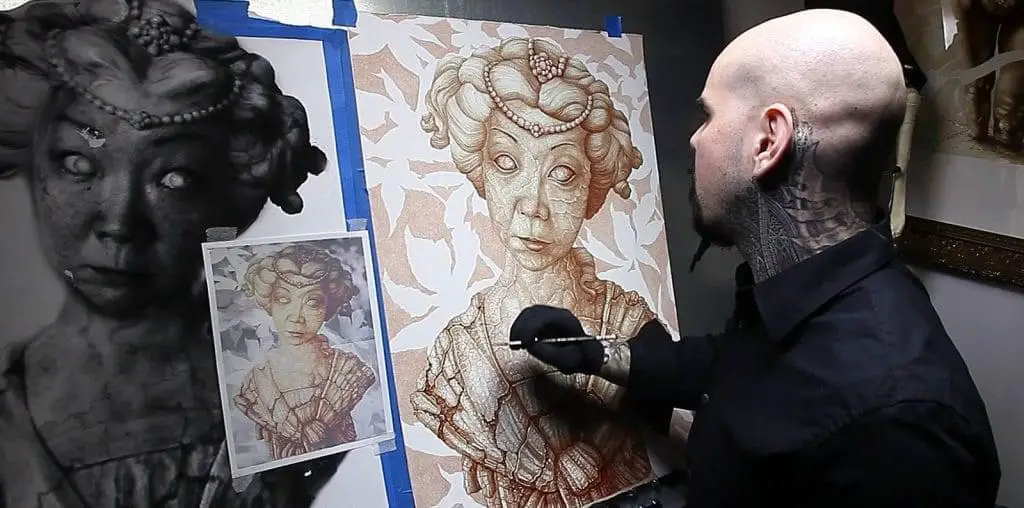
Giovanni Ribisi plays Gray Evans, a hot young film star and tabloid favorite due to his stormy marriage to equally popular actress Mia (Franka Potente). Unfortunately he’s not really made for being a celebrity. His fear of stalkers is developing into full-blown paranoia, he is baffled by messages Elvis Costello keeps leaving on his answering machine, and he is obsessed with a girl (Christina Ricci) he keeps seeing in his dreams (presumably somebody from his past). When he meets a video store clerk/would-be writer whose girlfriend bears a vague resemblance to that girl he gets more and more involved with the couple, and obviously something terrible is going to happen.
That’s the story as I saw it. Others saw it differently. “I Love Your Work” blurs the lines between present, past, reality and imagination right from the start, which is not a bad thing. In fact, it keeps the film interesting for quite a while. Unfortunately, it also prevents the viewer from getting attached to the characters that just seem to be parts of an intellectual puzzle. Ribisi is great as Evans. When we see him walking the red carpet at a film premiere, he is the epitome of a young male movie star – cocky, smart, dashing. When he is alone in his soulless apartment late at night, he walks and talks like an old Ozzy Osbourne trapped in a young Christopher Walken’s body. Still we never get close to the character. That’s not Ribisi’s fault but that of director Adam Goldberg and Adrian Butchart’s script which is more concerned with conceptual ideas than character development. Some characters it simply forgets halfway-through. A pompous stalking consultant and Evan’s chirpy assistant provide comic relief (as well as Elvis Costello), but they seemingly just vanish at some point. Also, Goldberg’s attempts at satire are half-hearted. He tries to pick on the insanity of obsession with celebrities, but he hasn’t much more to offer than screaming paparazzi and dumb society journalists.
When the film goes into its second half, the initial fascination has almost worn off. You still want to see how the puzzle is put together, but you want to see it rather sooner than later. When you finally see the big picture, it’s one of those modern art paintings where you are not quite sure what it actually depicts. Well, I like modern art, but this particular work made me go more “Hm, that’s interesting” than “Wow, that’s great!”

